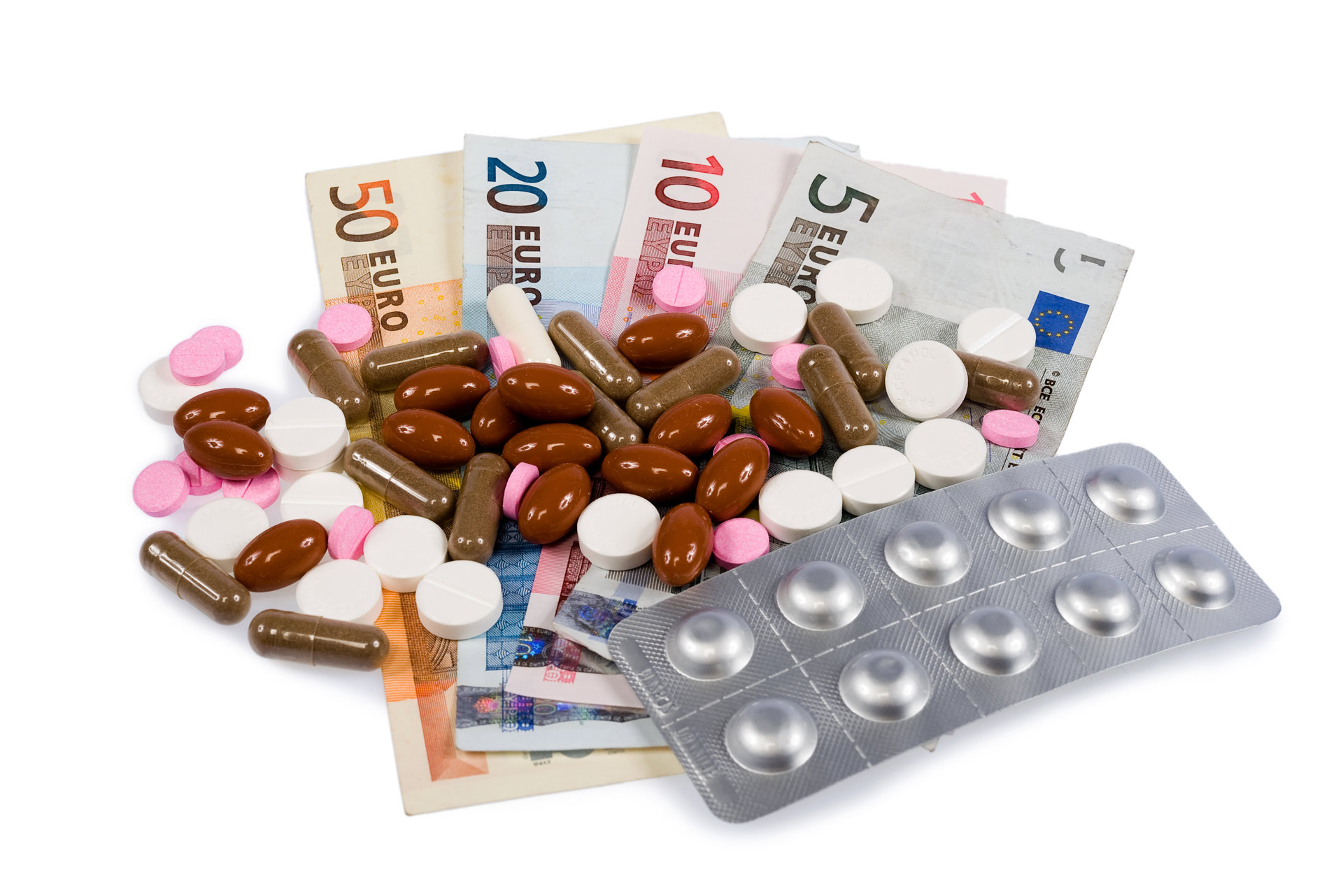Pharma companies have been using cold-form laminates (CFFs) for various types of applications, in particular for drug capsules, sutures, medical devices, and in vitro diagnostic/point-of-care test kits. As is the case with any other packaging material, CFFs also must meet the specific requirements of each of these applications and, at the same time, satisfy standard packaging criteria such as providing oxygen and moisture barrier, maintaining the physical protection of the product during manufacturing, ease of distribution and use, sealability to a lid or other device component, and ease of manufacturing. With innovations in the field of packaging, cold-forming geometries are also becoming more complex, underscoring the importance of film design and choosing the right kind of packaging materials for products. A recent study showed that the use of CFF with a high aluminum thickness versus those with a low aluminum thickness does not result in any advantage in terms of performance but shows significant benefits in terms of cost-effectiveness.
In India, CFFs usually have an aluminum thickness of 50 µm. Internationally, 45 µm is used for packaging standard products. In some instances where a higher dent resistance is imperative, the thickness of aluminum is maintained at 60 µm. However, this difference in thickness does not translate into considerable improvements in dent resistance (Table 1).
Table 1. Influence of aluminum thickness of the laminate on stiffness

Further, a difference of 5 µm (i.e., changing from 50 µm to 45 µm) in thickness will not have an impact on the formability of the laminate. Similarly, the use of a laminate with 60 µm aluminum results in only marginally better formability and more consistent forming with pinholes.
However, there is a stark difference in terms of material saving and the associated cost when using an aluminum foil of thickness 45 µm versus 50 µm. A CFF with 50 µm does not exhibit improved performance and needs a higher amount of material by area and more frequent changes of reels during production.
For example, the use of cold-form blisters with 45 µm aluminum (run at 40 cycle/min, a dimension of 120 x 55 mm) resulted in 18 kg material saving for the packing of 0.2 million blisters (Table 2 and 3).
Table 2: Materials and costs saving by using aluminum laminate with a thickness of 45 µm

Table 3: Possible savings over a year, depending on the number of shifts per day
The study concluded that the use of an aluminum thickness of 50 µm lowers the yield by 5.4% (45 µm = 4.18; 50 µm = 3.95) and results in a higher cost per area. This suggests that pharma companies can reconsider their packaging design of products to optimize the packaging costs without compromising on the quality.

